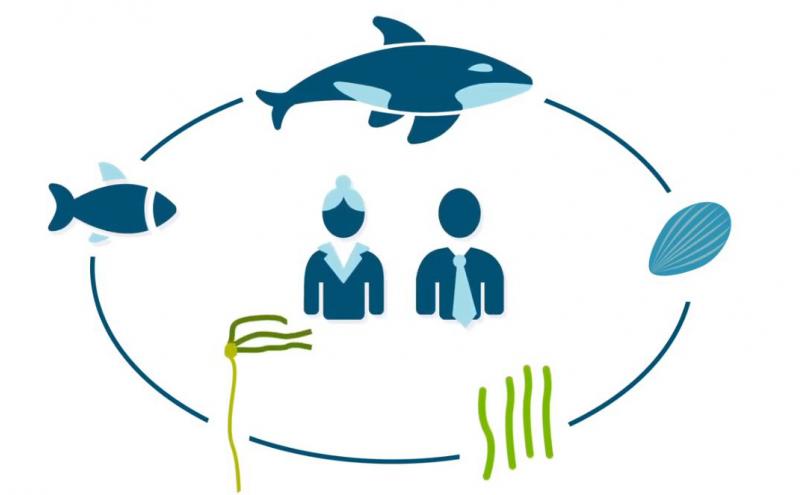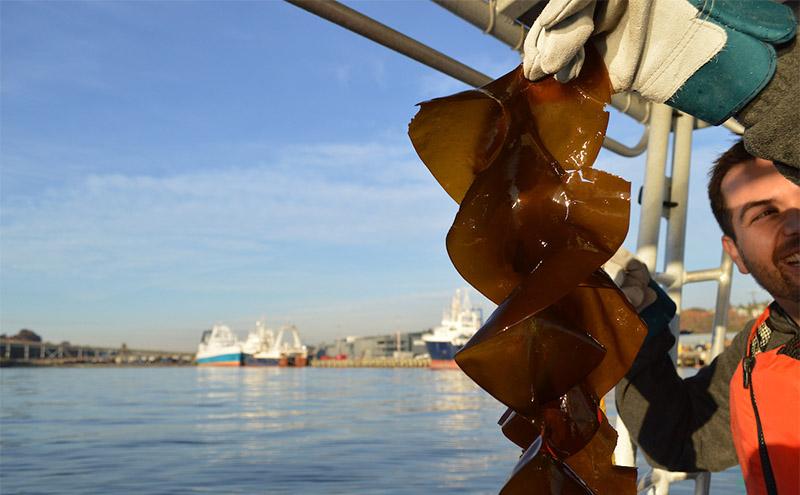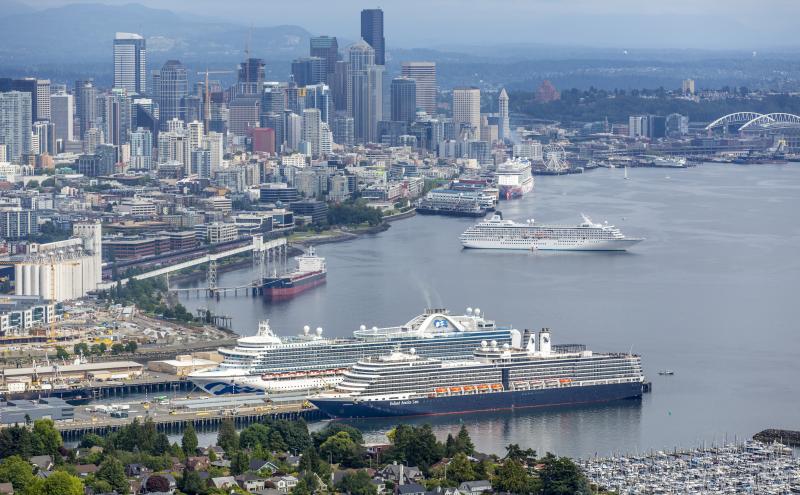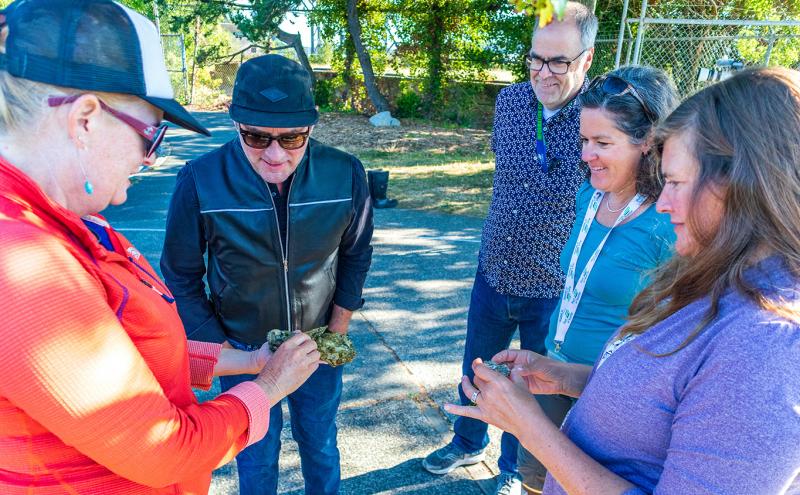
The Port of Seattle is leading many efforts to reduce greenhouse gas emissions (GHG emissions), the most important step towards combatting ocean acidification. The Port has been very active in enhancing shoreline habitat, reducing pollution, and engagement with communities. At Smith Cove in Elliott Bay, the Port of Seattle and its partners are conducting scientific research that will contribute to building resiliency in local ecosystems related to ocean acidification.
As part of the Port of Seattle’s commitment to the International Alliance to Combat Ocean Acidification (OA Alliance), the Port prepared its first ever Ocean Acidification Action Plan to detail steps we are taking to address ocean acidification.
“Last year, the Port of Seattle was the first port in the world to join the International Alliance to Combat Ocean Acidification (OA Alliance), recognizing the many ways in which ocean acidification impacts the maritime sector and acknowledging the important role ports can play in leading environmental action,” said Stephanie Bowman, Port of Seattle Commissioner. “We encourage other ports to join in on these efforts.”
The Smith Cove Blue Carbon Pilot Project is located on Port and City-owned aquatic lands near Terminal 91. The goal of the project is to evaluate the potential benefits of marine habitat enhancement of kelp, eelgrass, and oysters on carbon sequestration, water quality (amelioration of seawater acidification), and habitat productivity.
The Port of Seattle, along with partners at the Washington State Department of Natural Resources (DNR) and the Department of Ecology (Ecology), and the Puget Sound Restoration Fund (PSRF) is monitoring the site over three years for potential benefits in and around the site and includes a community-based science initiative.
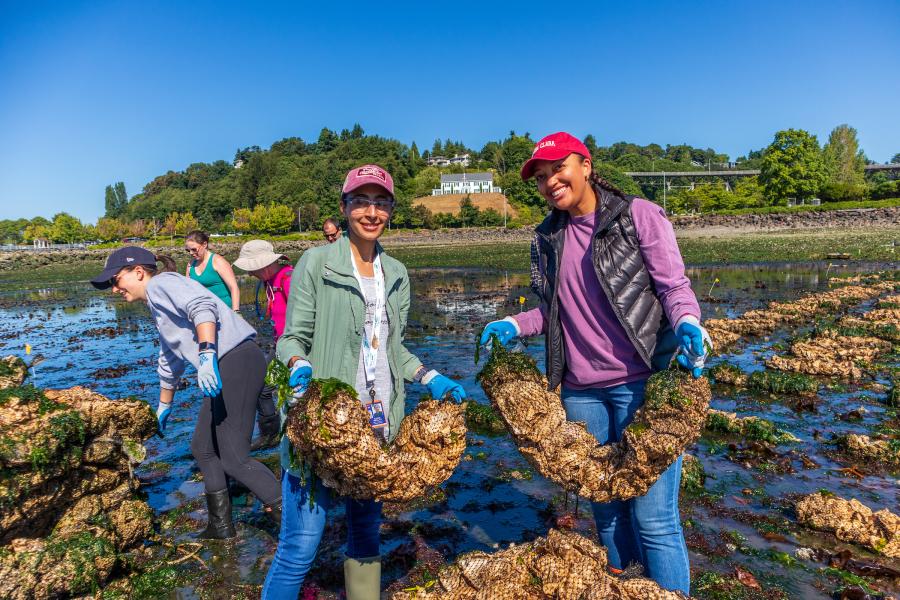
“Climate change and Ocean Acidification are global problems that demand local actions. The Port of Seattle cannot stop global environmental challenges alone, but the Port is taking many innovative steps to help stem the tide,” said Peter Steinbrueck, Port of Seattle Commissioner, and co-chair of the Port's environment committee. “Efforts we’re making here at Smith Cove can serve as a model for marine habitat restoration across Puget Sound.”
Decarbonization drives many of the Port’s greatest environmental investments. Transportation industries today rely on fossil fuels, which play a major role in ocean acidification and climate change. These are some of the hardest industries to decarbonize, which is why the Port of Seattle has made decarbonization a goal within its Century Agenda. The Port committed to a strategy to phase out all emissions from maritime operations by 2050.
The Port of Seattle also committed to reducing GHG emissions consistent with the Paris Climate agreement in its Century Agenda GHG reduction targets In 2021 the Port Commission adopted the Northwest Ports Clean Air Strategy with a bold new vision to phase out seaport-related emissions by 2050. Strategic planning efforts, including Charting the Course to Zero: Port of Seattle’s Maritime Climate and Air Action Plan, and the Seattle Waterfront Clean Energy Strategic Plan will identify interim actions and projects to reach that vision and decarbonize the Seattle waterfront.
Contact
Peter McGraw | Maritime Media Officer
(206) 787-3446 | [email protected]

